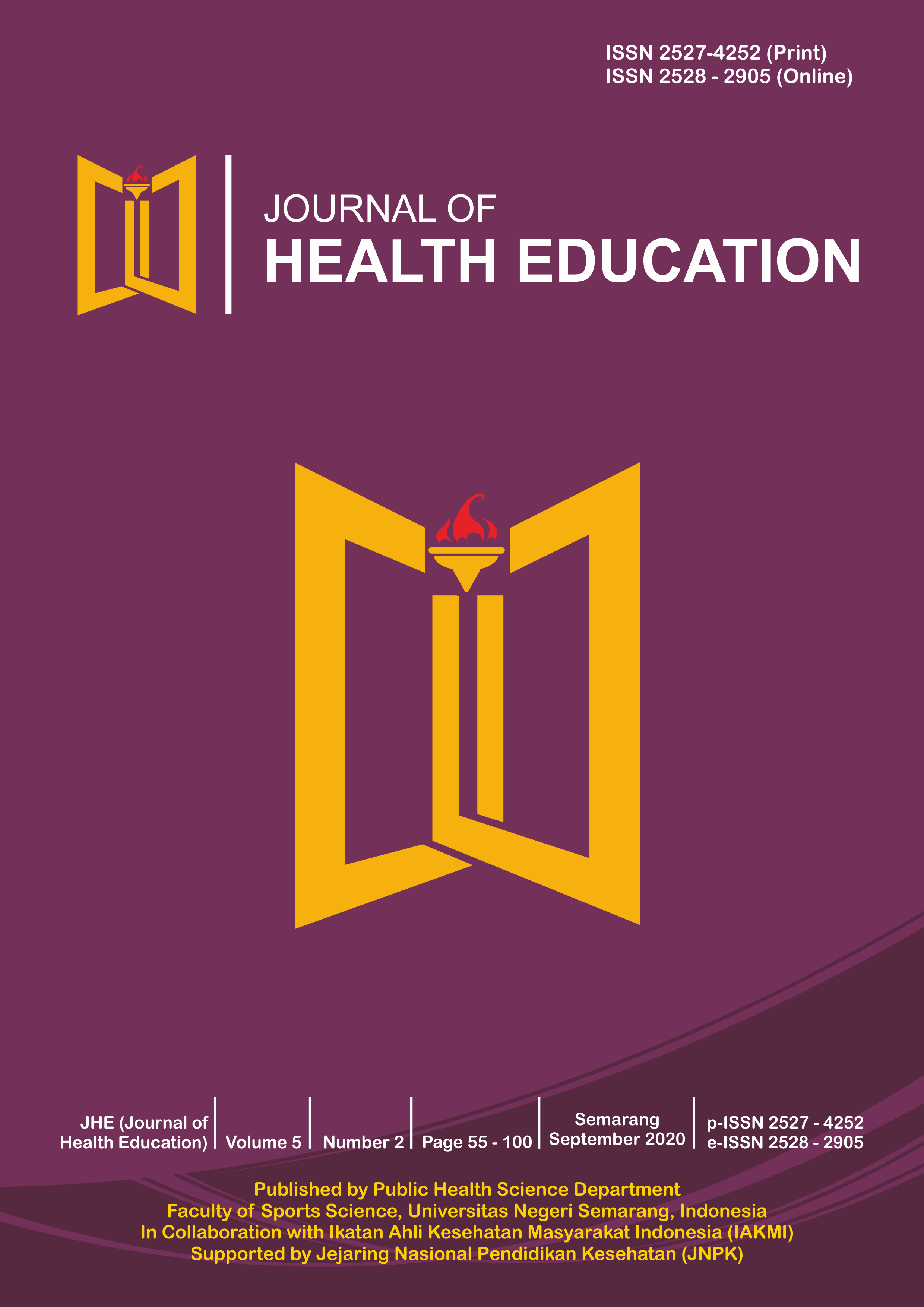Risk Factors for the Incidence of Computer Vision Syndrome (CVS) in Lecturers During the Online Learning Period
Abstract
Background: The online learning process during the Covid 19 pandemic has increased the incidence of Computer Vision Syndrome (CVS). The results of the study showed that there were 15% of lecturers at Widya Husada University Semarang experienced CVS. The purpose of the study was to analyze CVS risk factors among lecturers during the online learning period.
Methods: The study was conducted using a case-control design. The research sample was lecturers at Widya Husada University as many as 60 people consisting of 30 people each in the case and control groups. A questionnaire with google forms was used for data collection. The data analysis used was univariate, chi-square for bivariate analysis and multiple logistic regression for multivariate analysis.
Results: There are 5 variables that are significantly proven as risk factors for CVS, namely: 1) long working with computers (OR = 18.693; 95% CI = 1.487 – 234.955); 2) duration of computer use continuously (OR = 54,281; 95% CI = 2,523 – 1167,92); 3) length of rest after using the computer (OR = 31.060; 95% CI = 1.884 – 512.062); 4) distance from eyesight to monitor (OR = 34.640; 95% CI = 2.263 – 530.240); and 5) the position of the top of the monitor with respect to the horizontal eye level (OR = 17.555; 95% CI = 1.778 -173.296). Lecturers who have these 5 risk factors together will have a probability of experiencing CVS by 83%. Conclusion: Exposure to computer monitors experienced by lecturers during online learning will increase the risk of CVS events. There needs to be an effort to modify risk factors so that CVS events among lecturers during online learning can be prevented.






